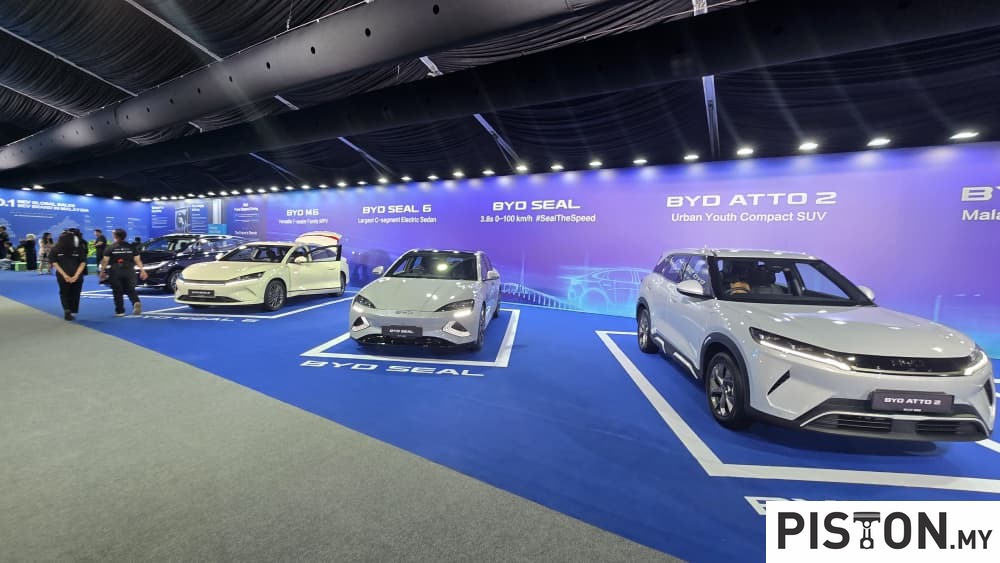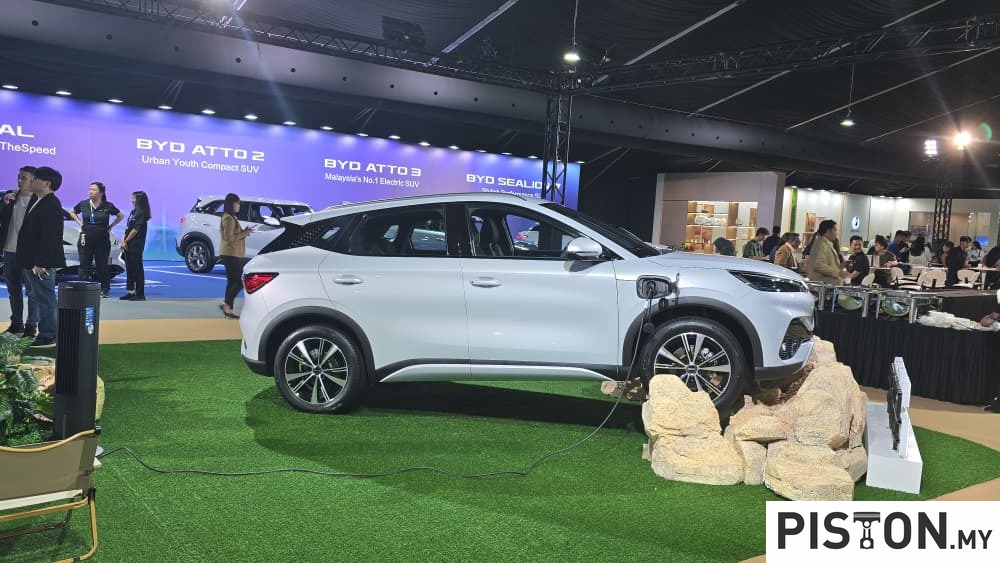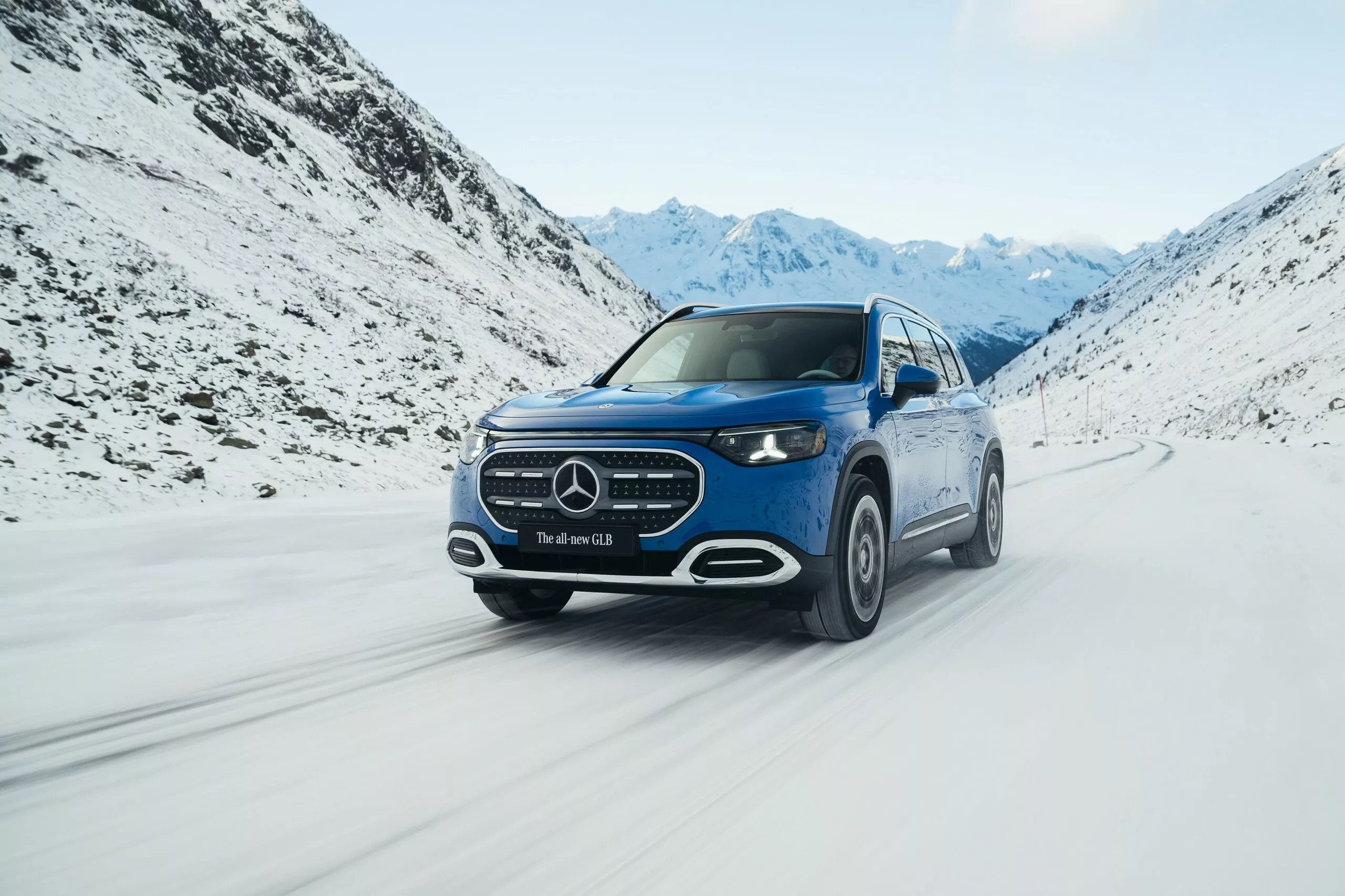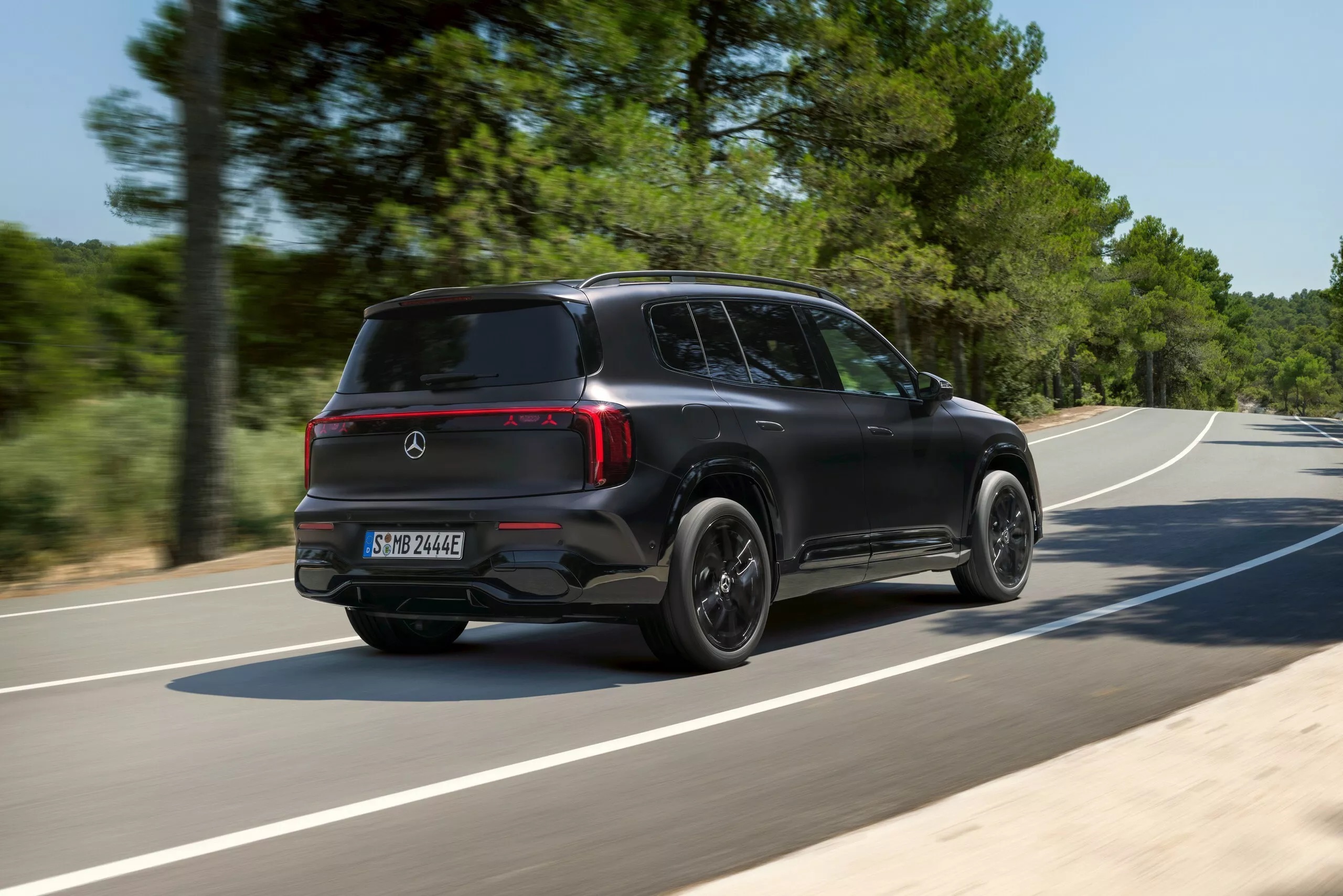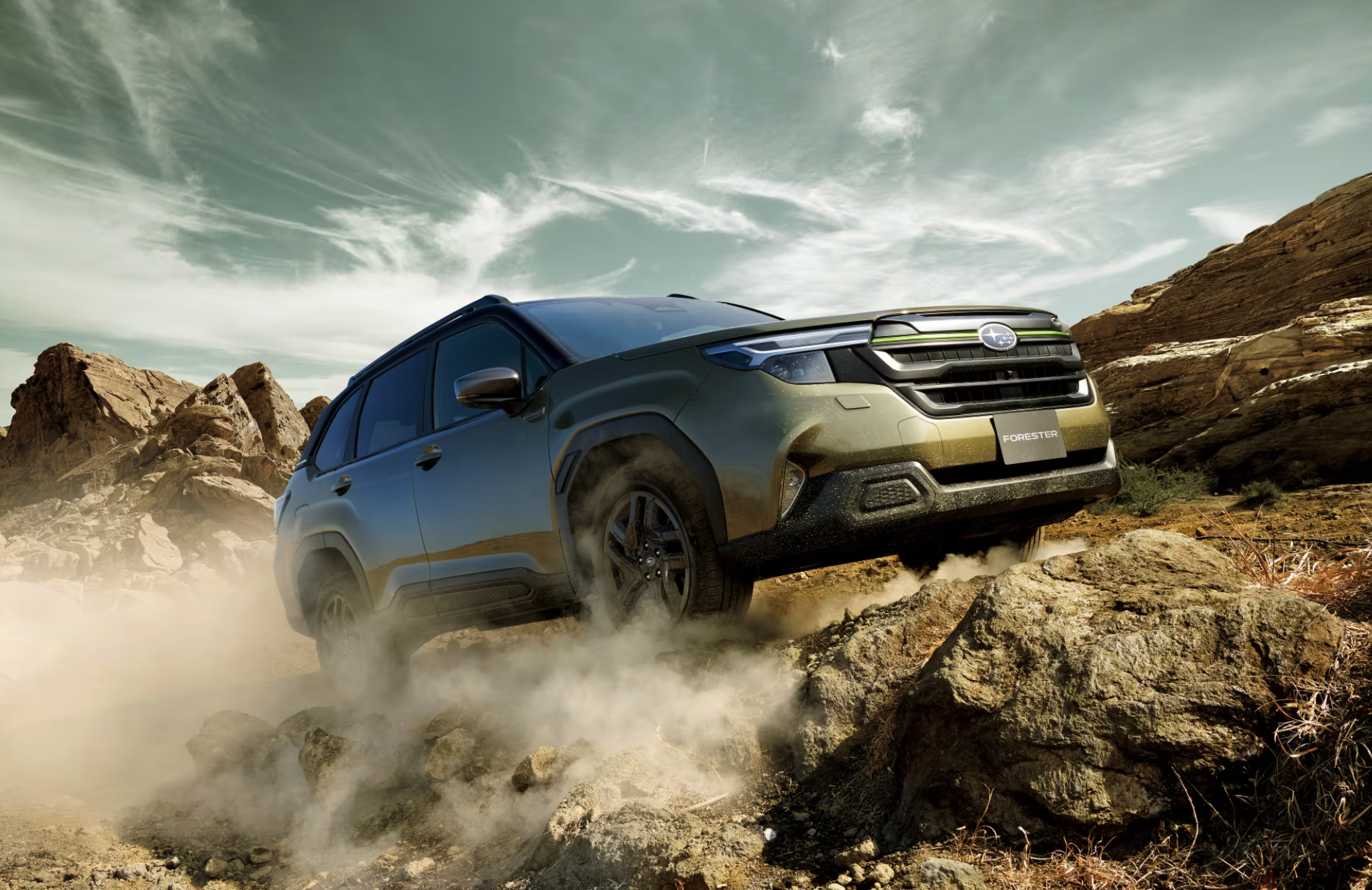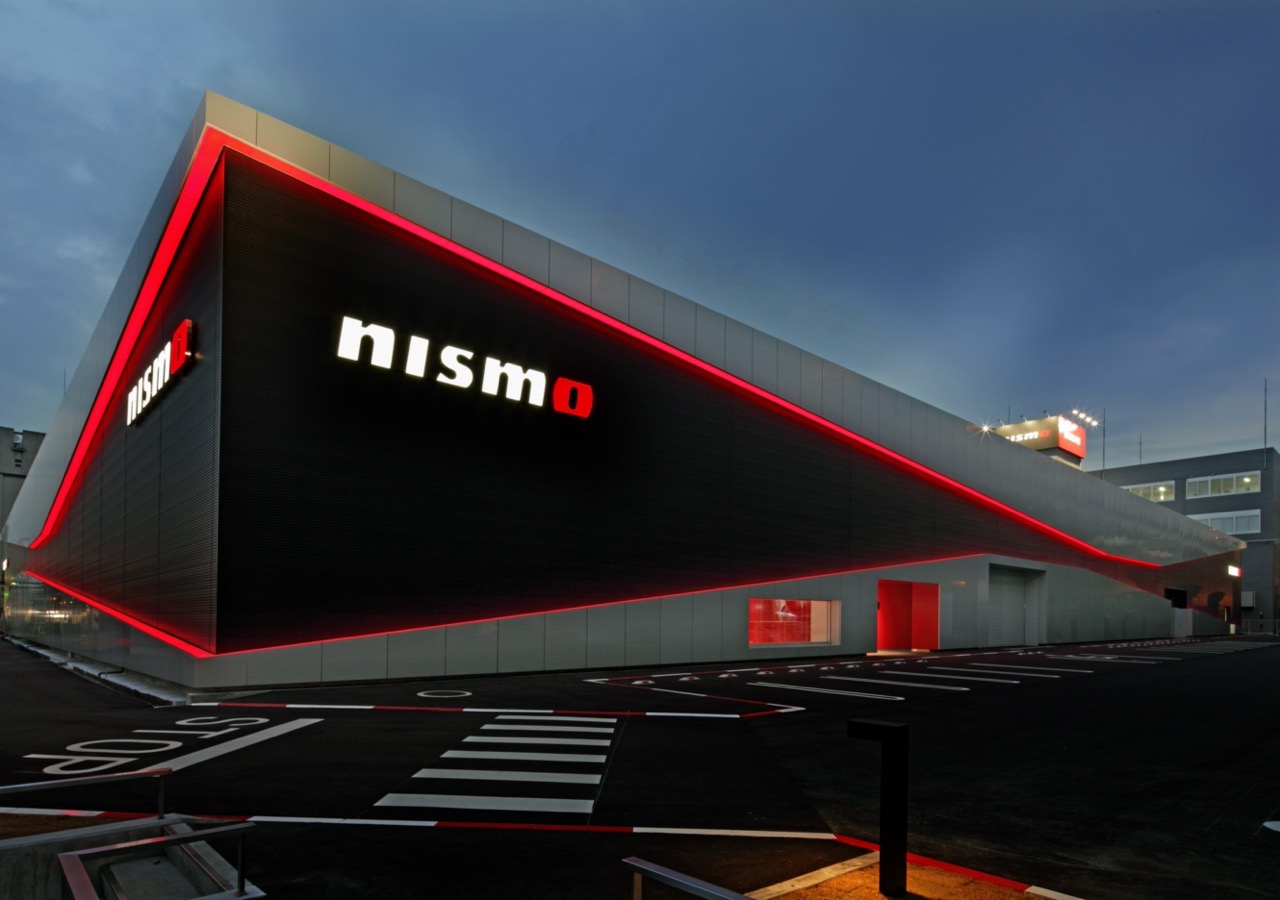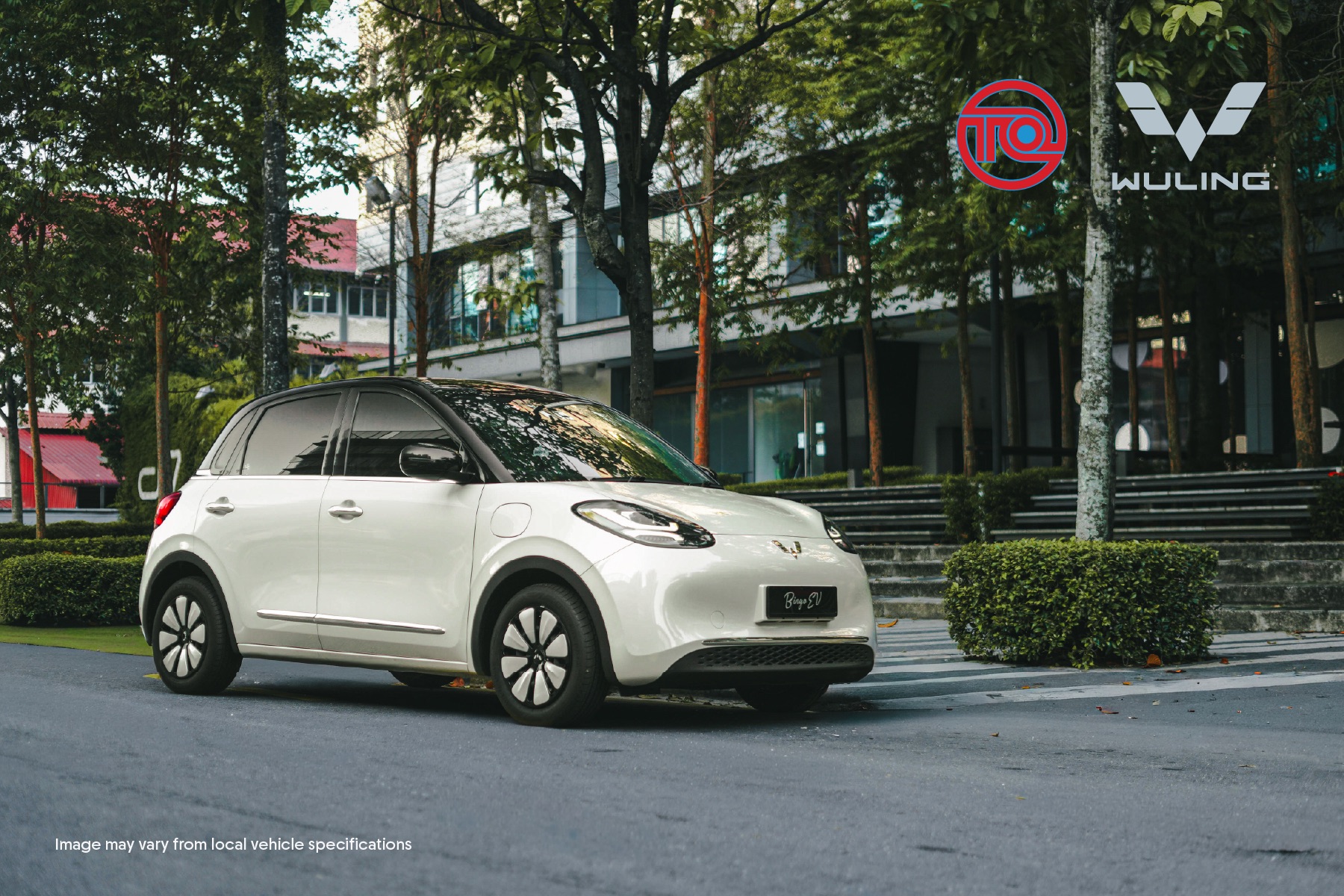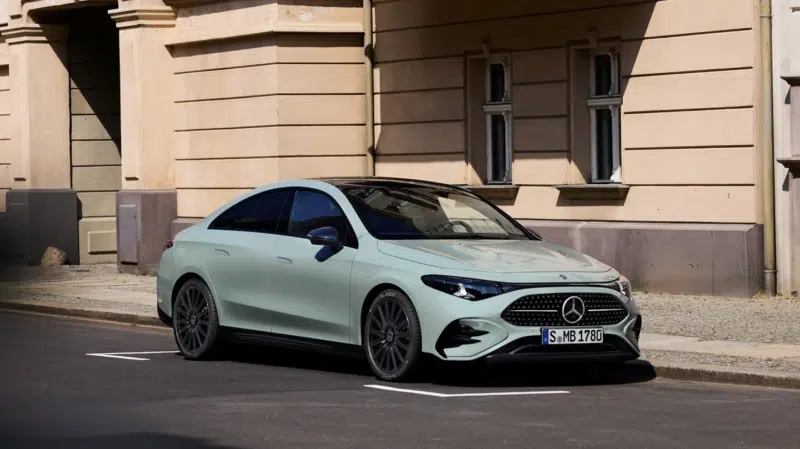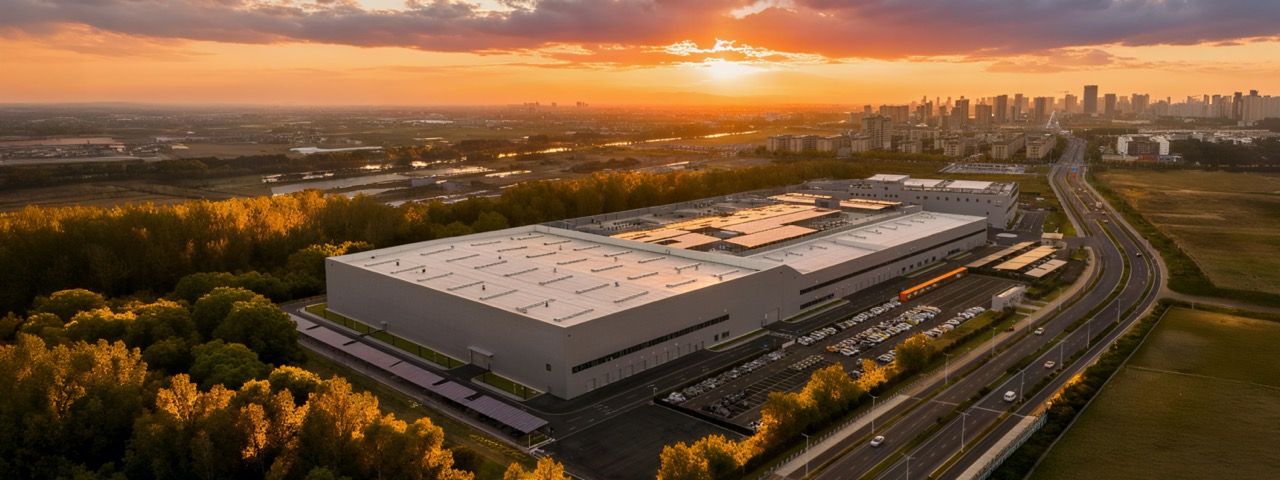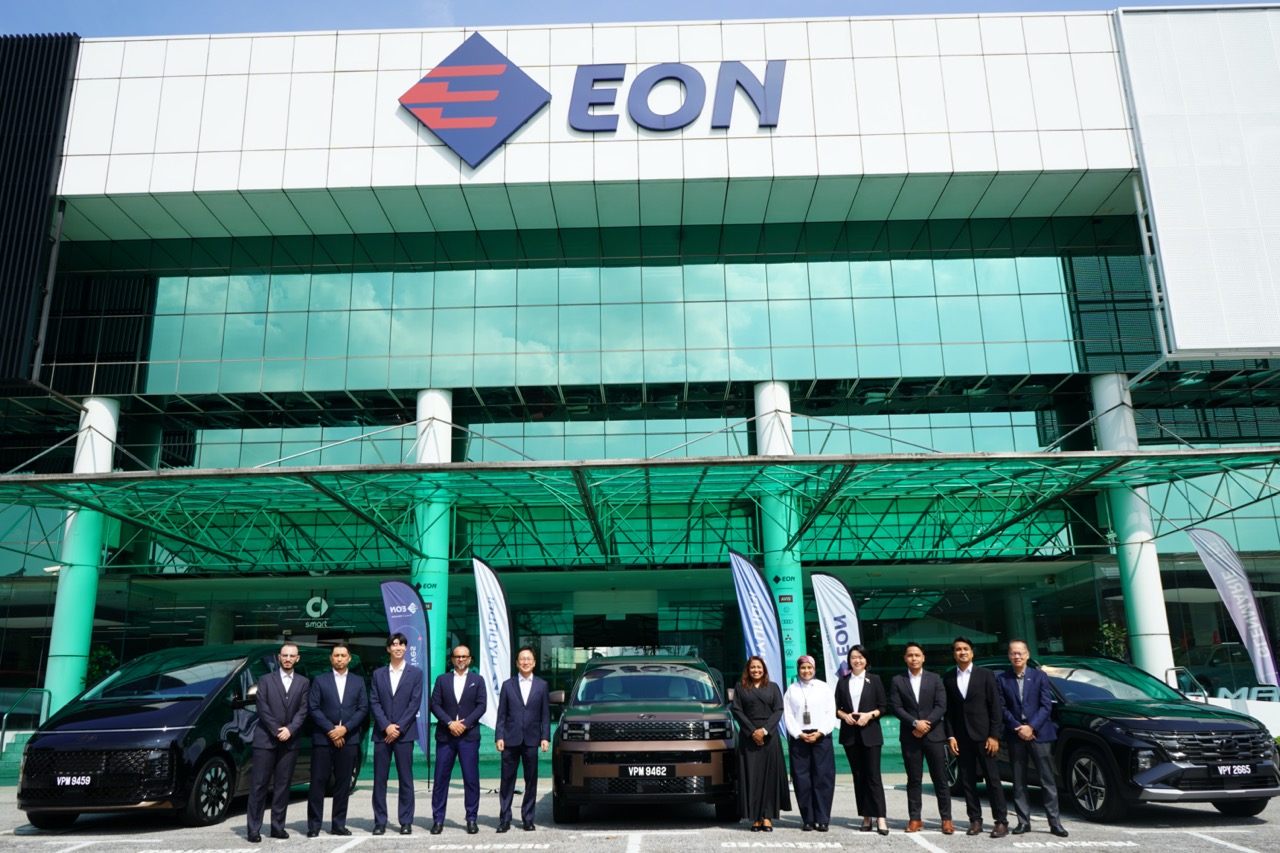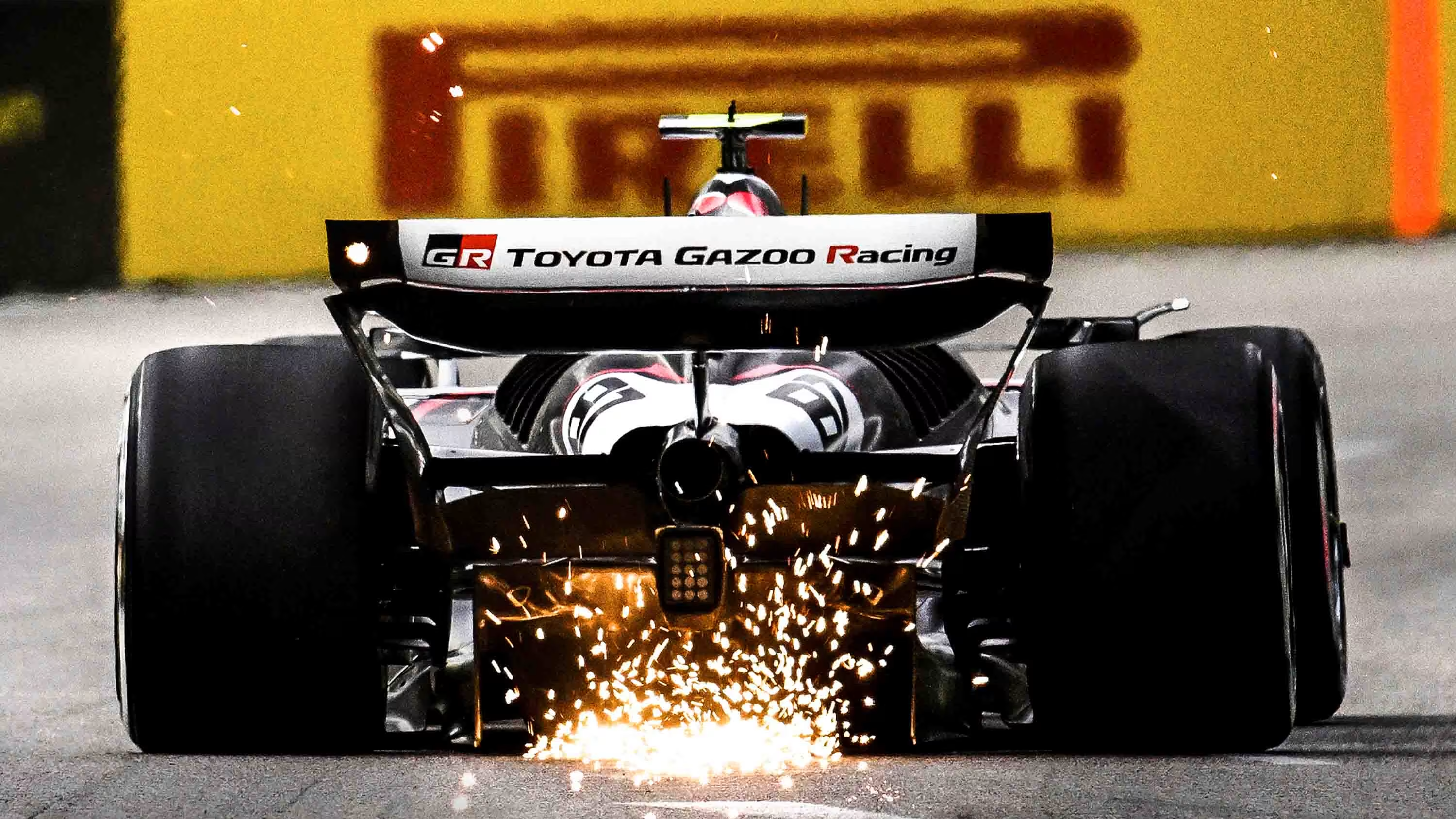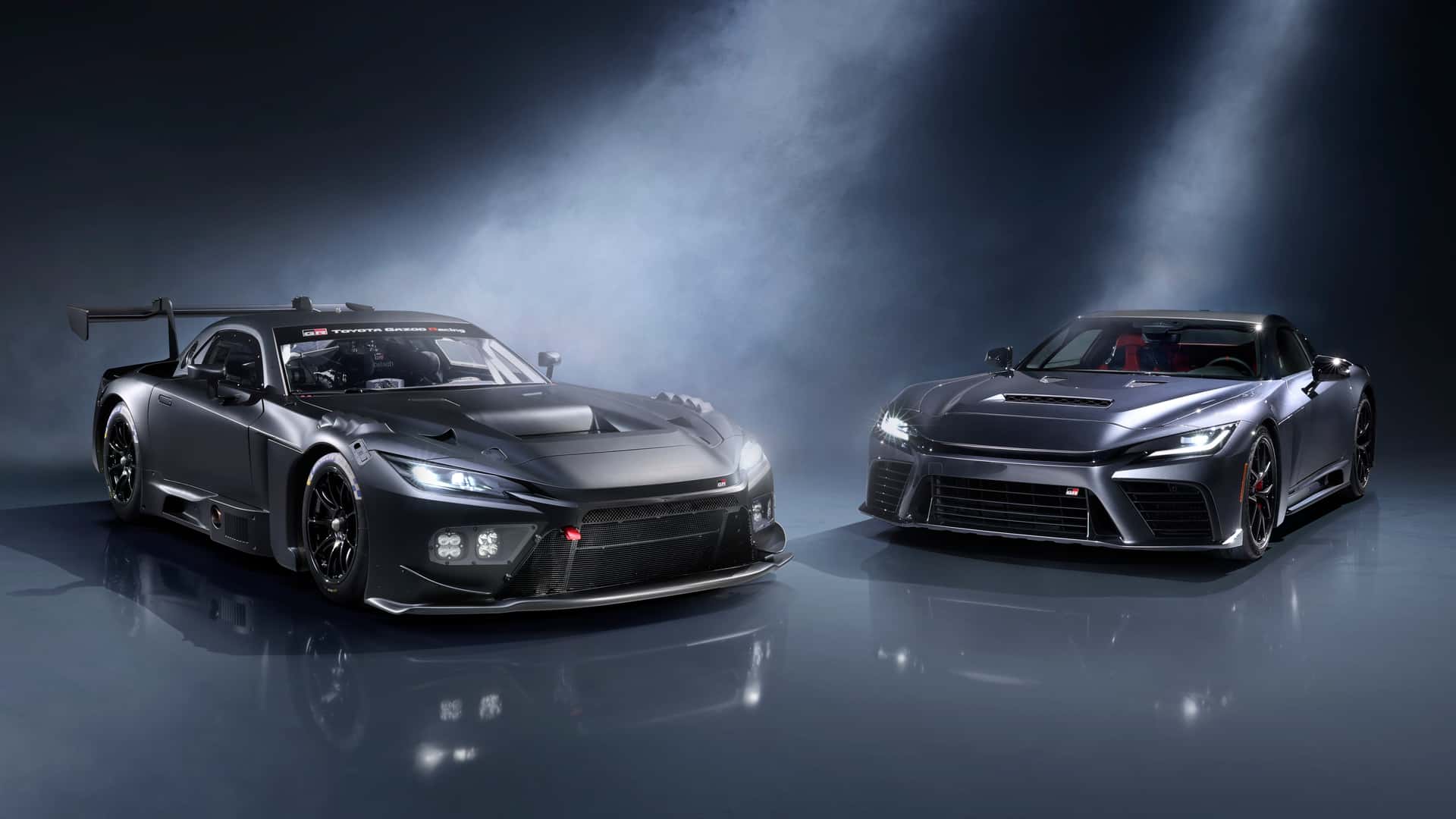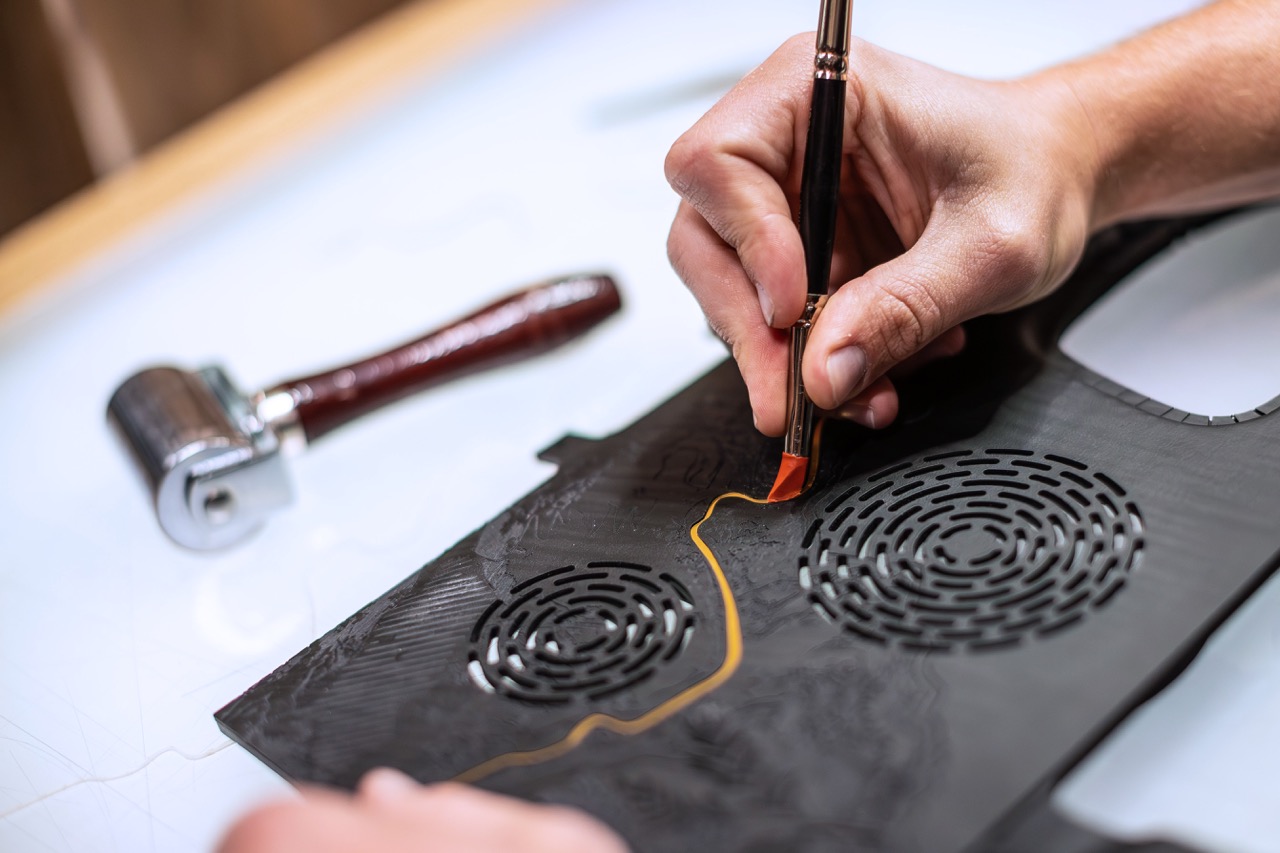Millions of motorists are racing against time as authorities tighten the net on long-standing traffic summonses, warning that those who continue to ignore them after the year-end cut-off could face serious consequences ranging from blacklisting to the loss of fuel subsidies.
The scale of unpaid fines is enormous: the Road Transport Department (JPJ) is still chasing 4.95 million unsettled summonses valued at RM1.48 billion, while police records show almost RM6.6 billion worth of unpaid tickets stretching back years.
The repercussions go far beyond the usual inconvenience of being blocked from renewing road tax or a driving licence. Because the Budi95 petrol subsidy is linked to a valid licence, motorists who continue to sidestep their obligations risk losing the financial assistance entirely.
Discounts of between 50% and 70% have been offered since November in an attempt to entice motorists to clear their backlog, but the grace period ends on 31 December. After that, a new “pay fast, pay less” system will kick in on 1 January 2026, imposing heavier penalties the longer a summons remains unpaid.
According to The Star, JPJ director-general Aedy Fadly Ramli revealed that only a small fraction of the outstanding tickets had been settled since the concession began. Just over 362,000 summonses, amounting to RM47.85 million, were paid off between 1 November and last Monday — a mere seven per cent of the total.




